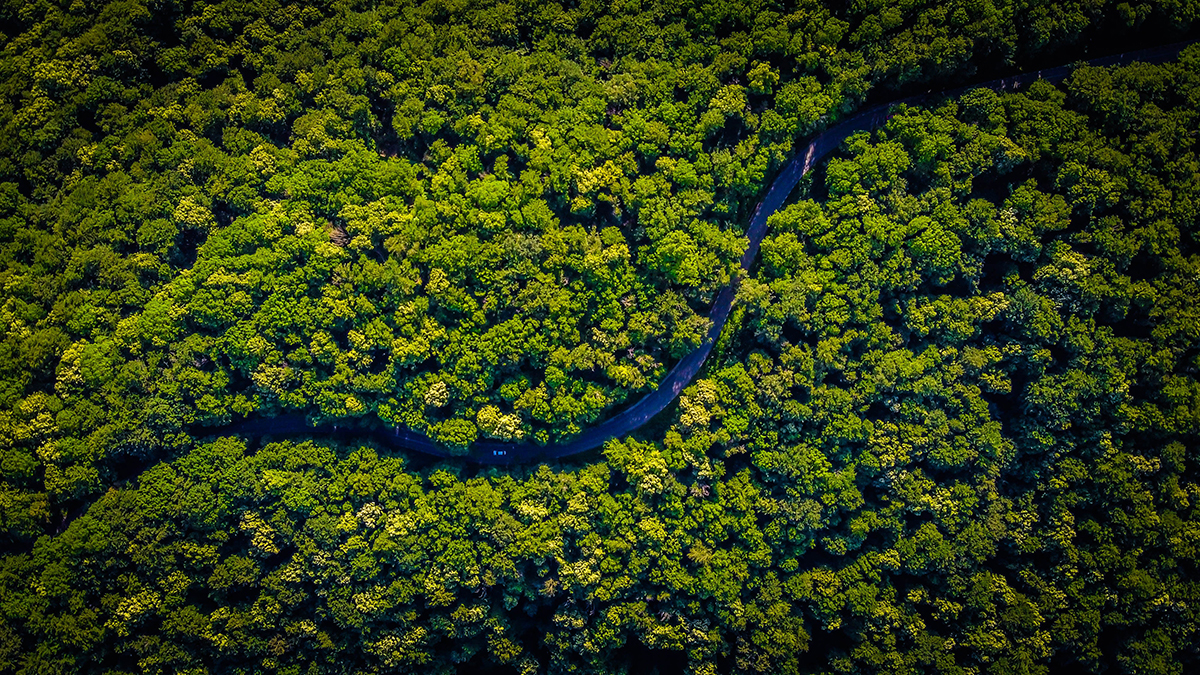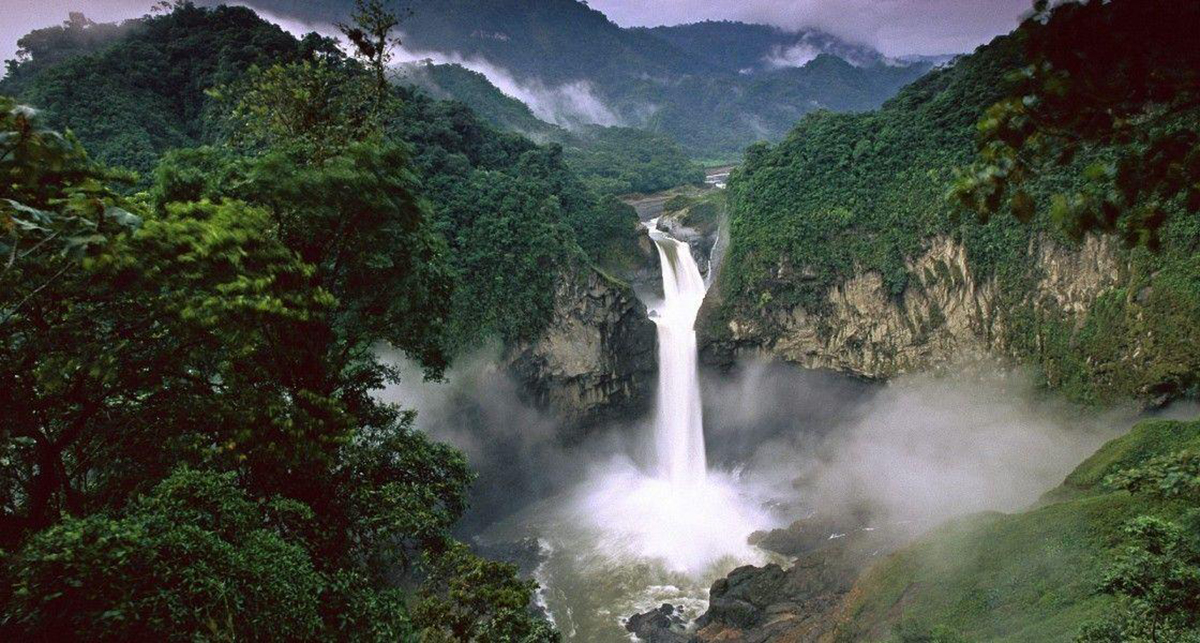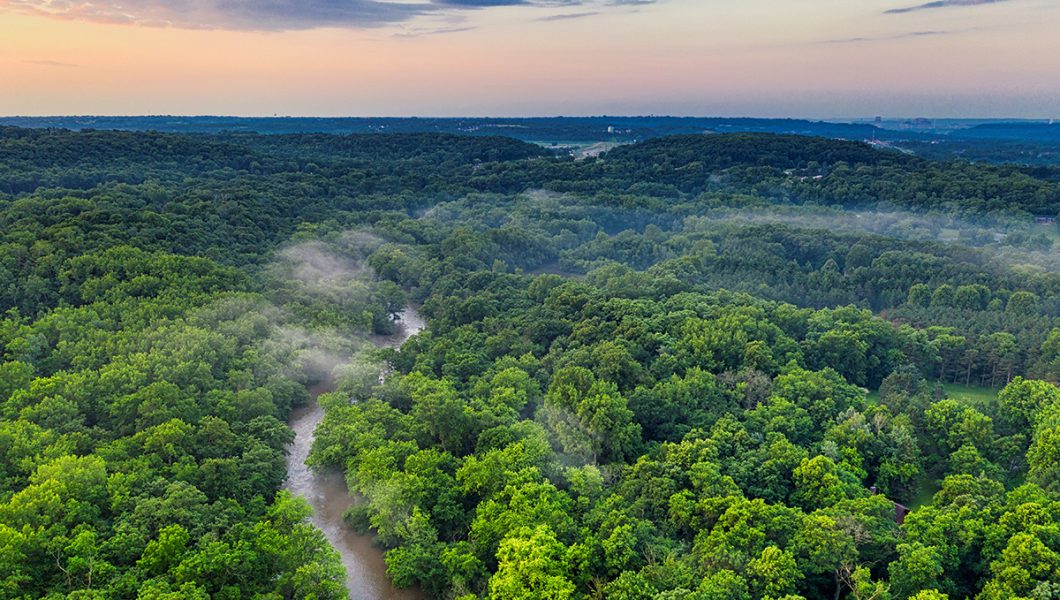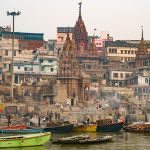The Amazon rainforest, also known as the Amazon jungle, is a vast tropical rainforest that spans across several countries in South America, primarily Brazil, but also parts of Peru, Colombia, Venezuela, Ecuador, Bolivia, Guyana, Suriname, and French Guiana. It is the largest rainforest in the world and covers an area of approximately 5.5 million square kilometers (2.1 million square miles), which is roughly the size of the contiguous United States.
The Amazon rainforest is renowned for its exceptional biodiversity and is often referred to as the “Lungs of the Earth” due to its crucial role in regulating the planet’s oxygen and carbon dioxide levels. It is estimated to be home to approximately 400 billion individual trees, representing more than 16,000 species. The forest also provides habitat for countless animal species, including jaguars, sloths, monkeys, and a vast array of bird species.
The Amazon rainforest plays a significant role in global climate regulation by absorbing and storing vast amounts of carbon dioxide, a greenhouse gas that contributes to climate change. It also helps maintain regional and global rainfall patterns, acting as a natural water pump that releases moisture into the atmosphere, which then forms rain clouds. This makes the region vital for maintaining the climate balance not only in South America but also globally.
Unfortunately, the Amazon rainforest is under significant threat from deforestation, illegal logging, mining, agriculture (primarily cattle ranching and soybean cultivation), and infrastructure development. These activities often result in the clearing of large areas of the forest, leading to habitat destruction, loss of biodiversity, and contributing to climate change.

Efforts have been made by various organizations, governments, and indigenous communities to protect and preserve the Amazon rainforest. Conservation initiatives focus on creating and enforcing protected areas, supporting sustainable land use practices, promoting responsible tourism, and working with local communities to develop alternative livelihoods that are less dependent on destructive activities.
The preservation of the Amazon rainforest is of global importance, as its health and well-being are closely linked to the overall health of the planet. Efforts to combat deforestation and promote sustainable practices in the region are crucial in ensuring the long-term survival of this invaluable ecosystem.
History of Amazon rainforest
The history of the Amazon rainforest is deeply intertwined with the history of the indigenous peoples who have inhabited the region for thousands of years. The forest has been a home and a source of sustenance for numerous indigenous tribes, whose cultures, traditions, and livelihoods have been closely connected to the natural resources found within the rainforest.
Before the arrival of European colonizers, the Amazon rainforest was densely populated by indigenous groups, estimated to number in the millions. These tribes lived in harmony with the forest, relying on its resources for food, shelter, medicine, and spiritual practices. They practiced subsistence agriculture, utilizing techniques such as slash-and-burn farming, where small areas of land were cleared and cultivated for a period before being left to regenerate.

The first Europeans to reach the Amazon rainforest were Spanish and Portuguese explorers in the 16th century. Their arrival marked the beginning of a period of colonialism, exploitation, and the search for valuable resources. The primary motivation behind the exploration and colonization of the region was the quest for gold, silver, and other valuable minerals. The European powers established colonies and enslaved indigenous populations to extract these resources.
During the rubber boom in the late 19th and early 20th centuries, the Amazon rainforest experienced another wave of exploitation. The demand for rubber, primarily for industrial purposes, led to extensive deforestation as large areas of the forest were cleared for rubber plantations. The boom eventually declined due to competition from rubber plantations in other parts of the world, notably Southeast Asia.
In the mid-20th century, various development projects and infrastructure initiatives were undertaken in the Amazon region. These included the construction of roads, dams, and other forms of infrastructure aimed at facilitating economic growth and connecting remote areas. These projects often resulted in further deforestation, as well as the displacement of indigenous communities and the disruption of their traditional ways of life.
Since the 1970s, the Amazon rainforest has faced significant threats from commercial activities such as logging, mining, and large-scale agriculture, particularly cattle ranching and soybean cultivation. These activities have led to widespread deforestation, resulting in the loss of biodiversity, increased greenhouse gas emissions, and the displacement of indigenous communities.
In recent decades, there has been an increased global awareness of the importance of the Amazon rainforest for its ecological and cultural value. Conservation efforts, sustainable development initiatives, and the recognition of indigenous rights have gained momentum. However, the challenges remain, and the preservation of the Amazon rainforest continues to be a pressing issue that requires concerted efforts from governments, organizations, and individuals to ensure its long-term survival.
Geography of Amazon rainforest
The Amazon rainforest is located in South America and covers a vast area primarily in Brazil, but also extends into several neighboring countries. Here are some key aspects of the geography of the Amazon rainforest:
- Location: The Amazon rainforest spans across nine countries in South America. The majority of the forest is located in Brazil, with approximately 60% of its territory within Brazilian borders. The other countries that share portions of the Amazon rainforest are Peru, Colombia, Venezuela, Ecuador, Bolivia, Guyana, Suriname, and French Guiana.
- Size: The Amazon rainforest is the largest tropical rainforest in the world. It covers an area of about 5.5 million square kilometers (2.1 million square miles), which is roughly equivalent to the size of the contiguous United States. It represents more than half of the world’s remaining rainforests.
- Topography: The Amazon rainforest lies in the Amazon Basin, a vast lowland region characterized by a flat or gently rolling terrain. The basin is traversed by numerous rivers, including the Amazon River, which is the largest river in the world by volume and drains a significant portion of the rainforest.
- Biodiversity: The Amazon rainforest is renowned for its exceptional biodiversity. It is estimated to be home to millions of plant and animal species, many of which are unique to the region. The forest contains a diverse range of ecosystems, including flooded forests, upland forests, and savannahs, each supporting distinct flora and fauna.
- Climate: The Amazon rainforest experiences a tropical climate characterized by high temperatures and abundant rainfall throughout the year. The region generally has high humidity, with average temperatures ranging from 25 to 30 degrees Celsius (77 to 86 degrees Fahrenheit). The forest receives heavy rainfall, with an average annual precipitation of 2,000 to 3,000 millimeters (79 to 118 inches).
- Hydrology: The Amazon rainforest is crisscrossed by numerous rivers and tributaries, forming an extensive network of waterways. The most prominent river is the Amazon River, which originates in the Peruvian Andes and flows eastward across the rainforest before emptying into the Atlantic Ocean. The river system provides important aquatic habitats and serves as a vital transportation route.
- Indigenous Communities: The Amazon rainforest is home to a significant number of indigenous communities that have inhabited the region for thousands of years. These indigenous groups have developed a deep understanding of the forest and have unique cultural traditions and knowledge about its resources.
Understanding the geography of the Amazon rainforest is crucial for recognizing its ecological importance, the challenges it faces, and the conservation efforts required to protect this remarkable ecosystem.






No Comments